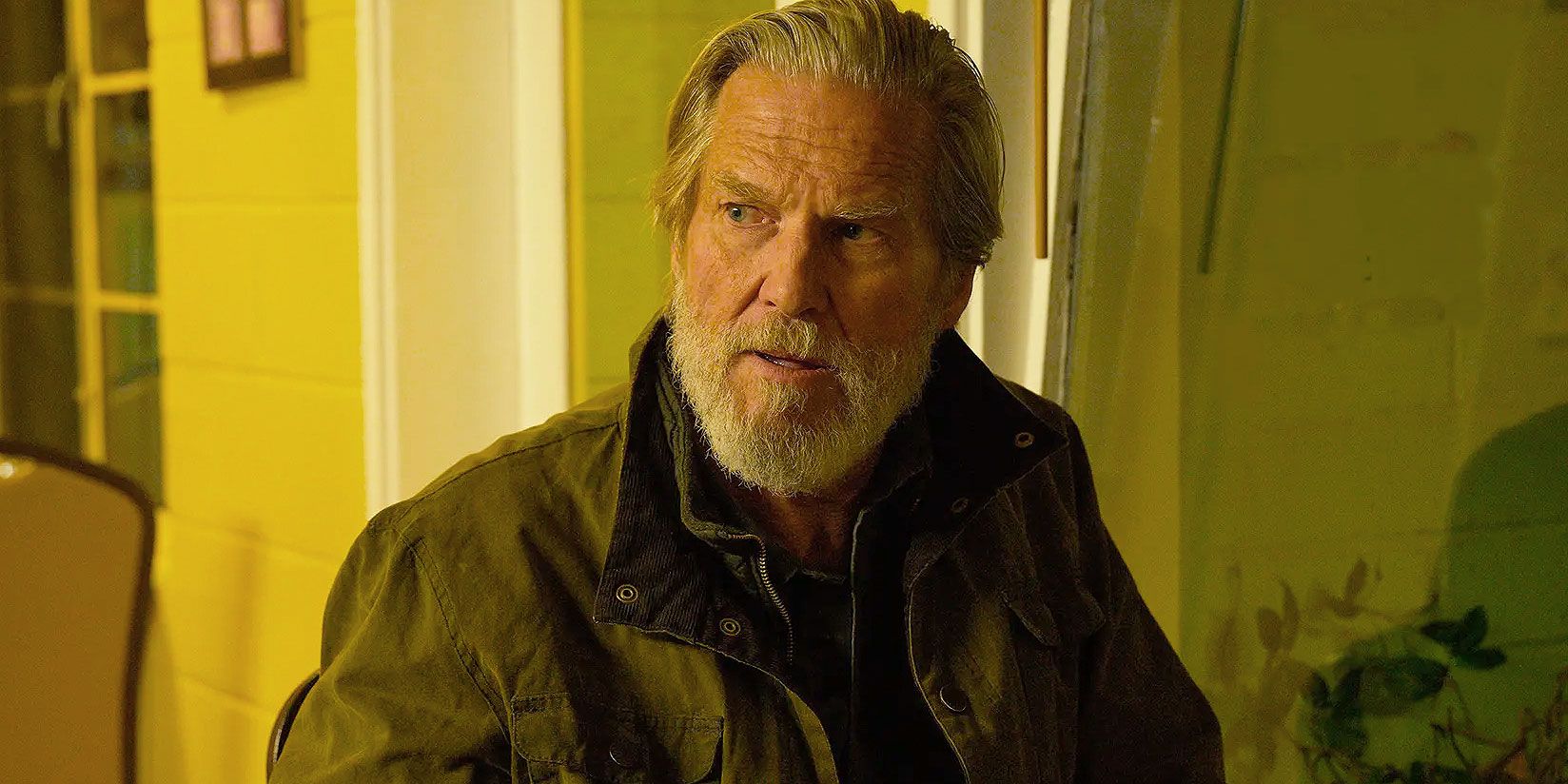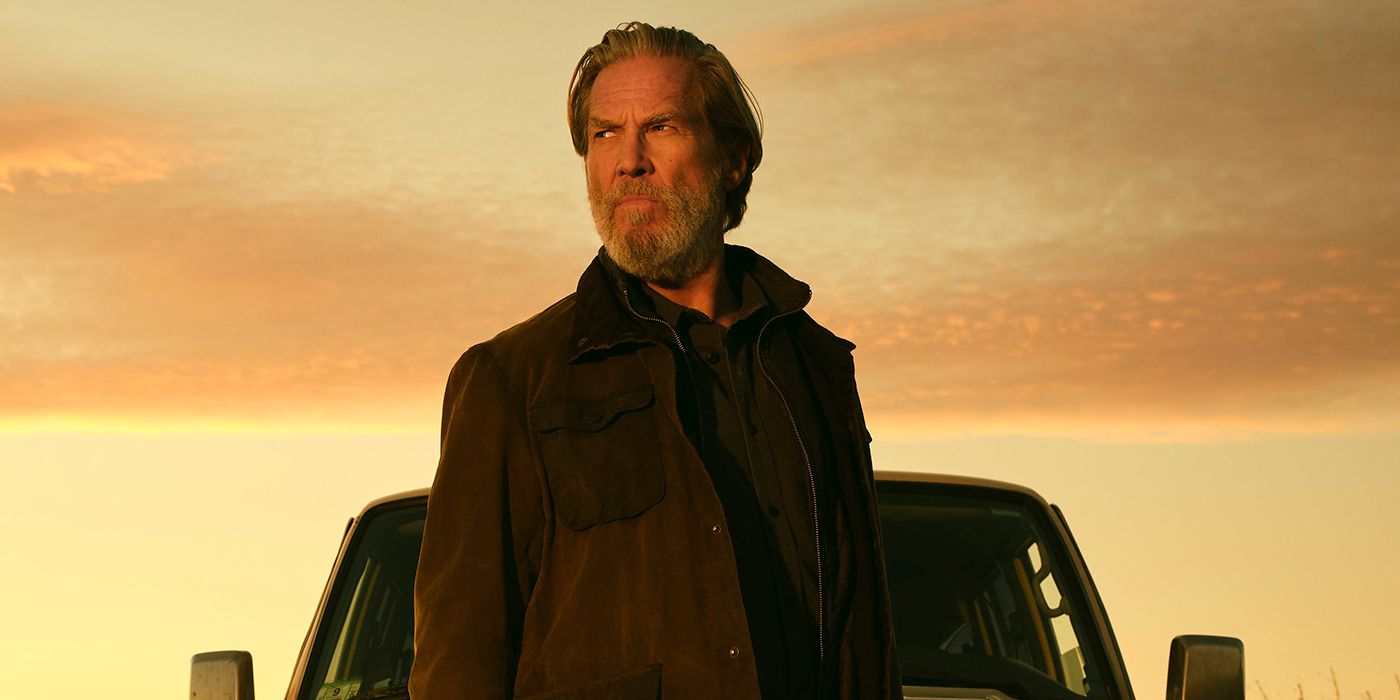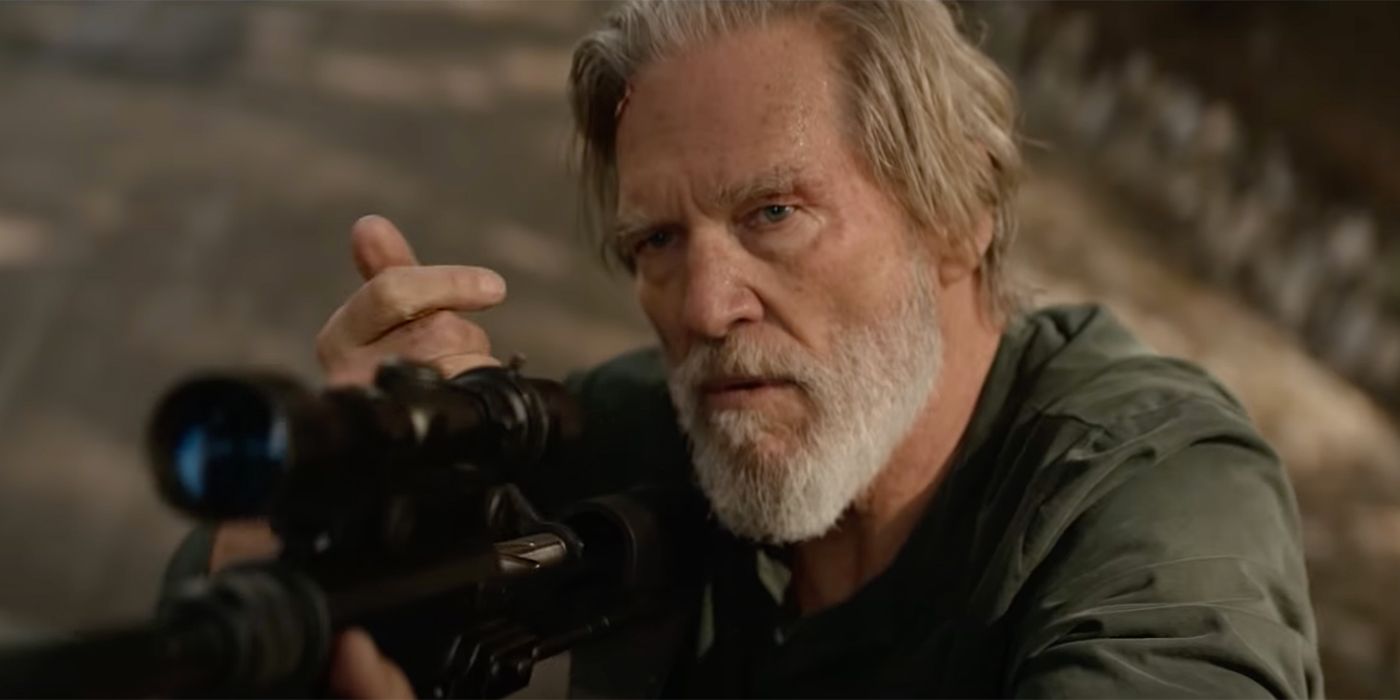Following my review in praise of the engaging new FX drama series The Old Man, which follows a still great Jeff Bridges as a former spy who must go on the run, there were two primary responses. First was concern about whether the dogs are going to be okay. No comment on that. The second, and more interesting one, was about whether the show would fall into the recent trajectory of what I’ll call old man action fare. Not sure what I mean? You can look to any of the last several years of Liam Neeson’s career to get some idea of what I’m referring to. Most of these works exist in the shadow of the original Taken and are not even the worst of the bunch. Where we really get to the bottom of the barrel is what has been humorously and derisively referred to as the so-called “Geezer Teaser.” If you've been unfortunate enough to be lured in by these cash grabs disguised as thrilling stories, they usually cast a famous actor in an action role that sees them play against type. The hope is to pull you in with big names on what are shoddy and superficial spectacles all derivative of each other. Worst of all, they create people devoid of anything tethering them to reality.
Looking from the outside in, there is the possibility that The Old Man could be mistaken for the rather lackluster output of the last several years. Bridges is, after all, an acclaimed actor who hasn’t done many big action projects like this. The reality is that it is the best of the bunch, defying expectations to rise to the surface of a crowded genre that has become far too inundated with uninspired copies of each other. Much of this is due to Bridges giving it his all, chewing up scene after scene with a sense of both gravitas and grace. In the first episode, much of this is driven by him talking on the phone while going on drives. He speaks to his daughter, one of the sole people left in the world who cares about him, in scenes that play out with a refreshing sense of patience. Dialogue isn’t rushed or driven by exposition, often withholding information as we just get to hear two people talk to each other. We hear the pain and sorrow in Bridges’ performance as the lonely Dan Chase. He isn’t some macho tough guy who can easily crack skulls. Such days are far behind him as the show establishes his emotional and physical vulnerabilities that give his life a more believable texture.
This ensures that when a more gritty fight comes at the end of the first episode, every brutal punch and strike carries with it far greater weight. Don’t get me wrong, it can be fun to see a character basically become invincible in stories that are built around increasing heights of absurd action like the incredible recent blockbuster RRR. However, too many works will just try to coast on the novelty of seeing a famous actor beat up people without any real sense of stakes. The Old Man turns this on its head, showing just how painful each tussle is for our central character. This is not a story of an inhuman killing machine devoid of any weaknesses. Unlike other action fare where a character just keeps getting hit without flinching, Chase is made to be flawed and grounded in how he fights to survive.
The quieter dialogue-driven scenes are the best part of the show, making all the action sequences carry far more of an impact when you see his internal struggles that underpin the external ones. On the emotional side, this means he will frequently feel conflicted about what he must do and become drawn to people as he doesn't really have anyone left to be close to. On the physical side, he struggles to get out of a jam in a way that creates a great deal more tension. Often, the aforementioned dogs will be the only thing that stops him from being killed.
It is a multifaceted portrayal that deconstructs the human behind the "hero," drawing out complex emotions and conflicts from his vulnerability. It even calls into question whether he is actually worth rooting for, pulling back the various layers of the man and all the mistakes he has made. The monologue Bridges gives at the beginning of the second episode after he only barely escaped from the men trying to capture him speaks to this perfectly. He is steeling himself up to lie, something that puts others at risk as he lets them into his life without them knowing the danger he carries with him. All of these elements are often glossed over or not grappled with at all in other similar works.
While not every action story is going to be a nuanced character study, The Old Man shows the value in making your protagonist more than just a cardboard cutout who can beat people up. While there is plenty of skull-cracking that Chase must do, he also gets his own bell rung more than a few times. The human body is fragile, and the character is not as young as he once was, making each new conflict carry with it a sense that this could be his last. Bridges doesn’t shy away from this, carrying himself in a way that reflects the serious injuries Chase endures that only get harder to bear. His pain is never out of sight as he is perpetually struggling to heal from emotional and physical wounds.
Actors will hide behind edits to make it seem like they're playing younger men not impacted by their age. This doesn’t fool anyone, though they still try to get away with it. Be it in a fight sequence or hopping over a fence on the run, rapid-fire cuts will try to disguise that they can’t actually do this. The Old Man leans into reality, painting a portrait of a character who would just rather spend his days cooking and walking with his dogs in the later years of his life. However, with his past catching up to him, he inflicts brutality on his body in order to survive. We see the toll that this takes on him, something that requires him to slow down to recover as opposed to just bouncing back without needing to rest.
In the second episode, Bridges takes his shirt off in front of the mirror, and we see the bruises on the character’s ribs that almost lay him flat. He is only just able to keep up appearances around others that he is fine and almost doubles over when he finally gets to be alone. In a later dinner scene, he shares the pills he must take that stem from a fear of cognitive decline. There is a sadness to seeing this destruction consuming his body as we know that he probably should go seek medical attention though can’t without risking catching the attention of those that want to kill him. It is in these quiet moments after the action settles down that we see the repercussions it has on the character. As it goes deeper into his destruction, it rises above all other stories like it.



